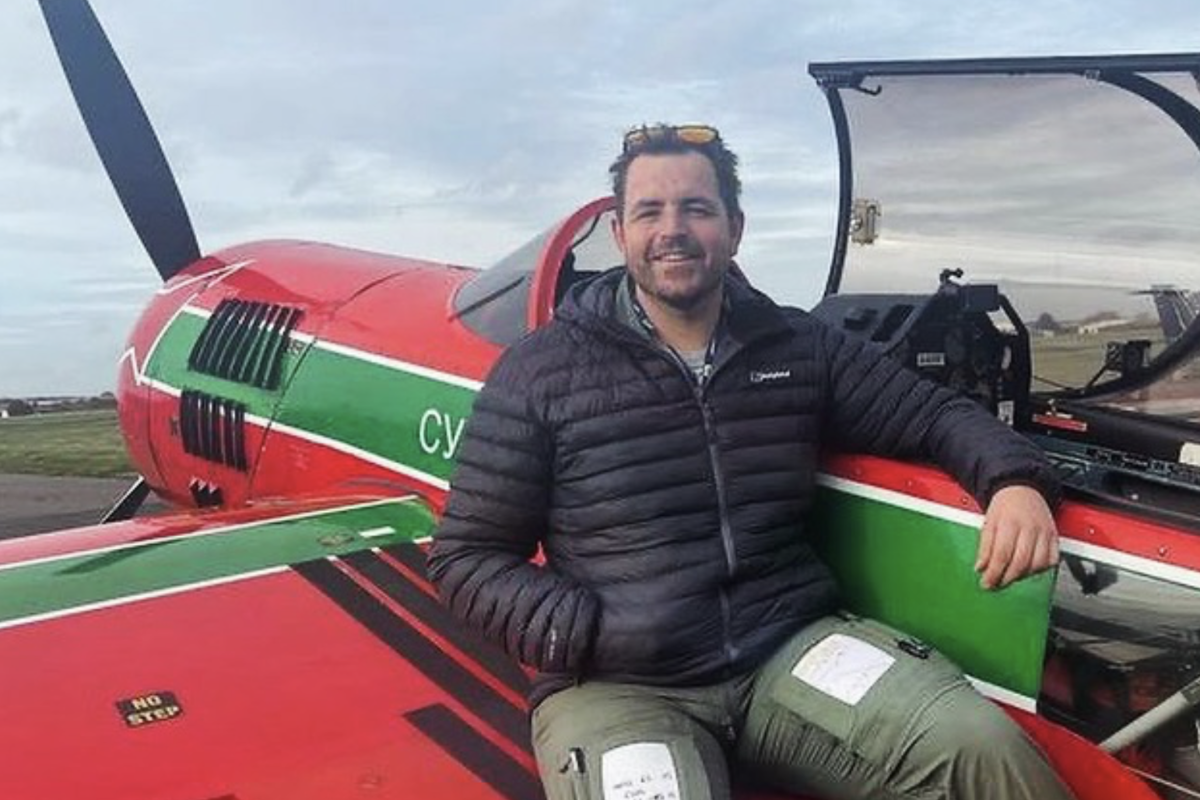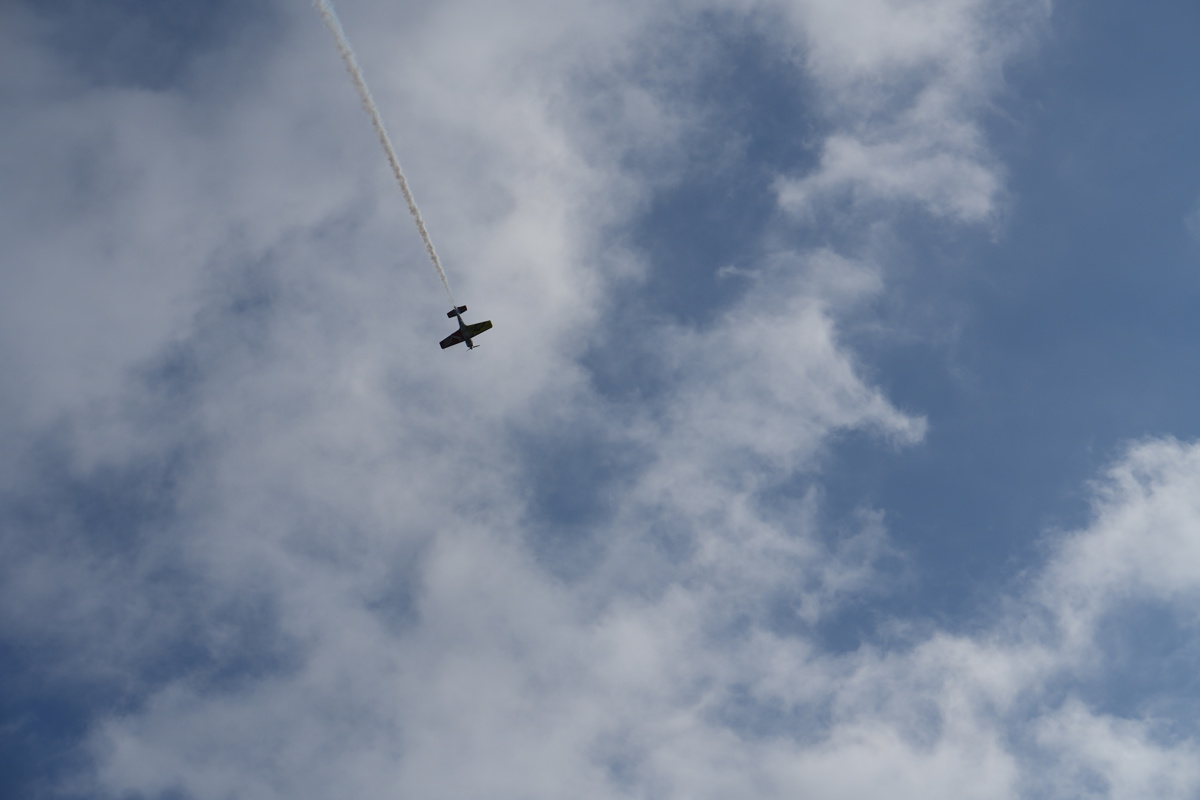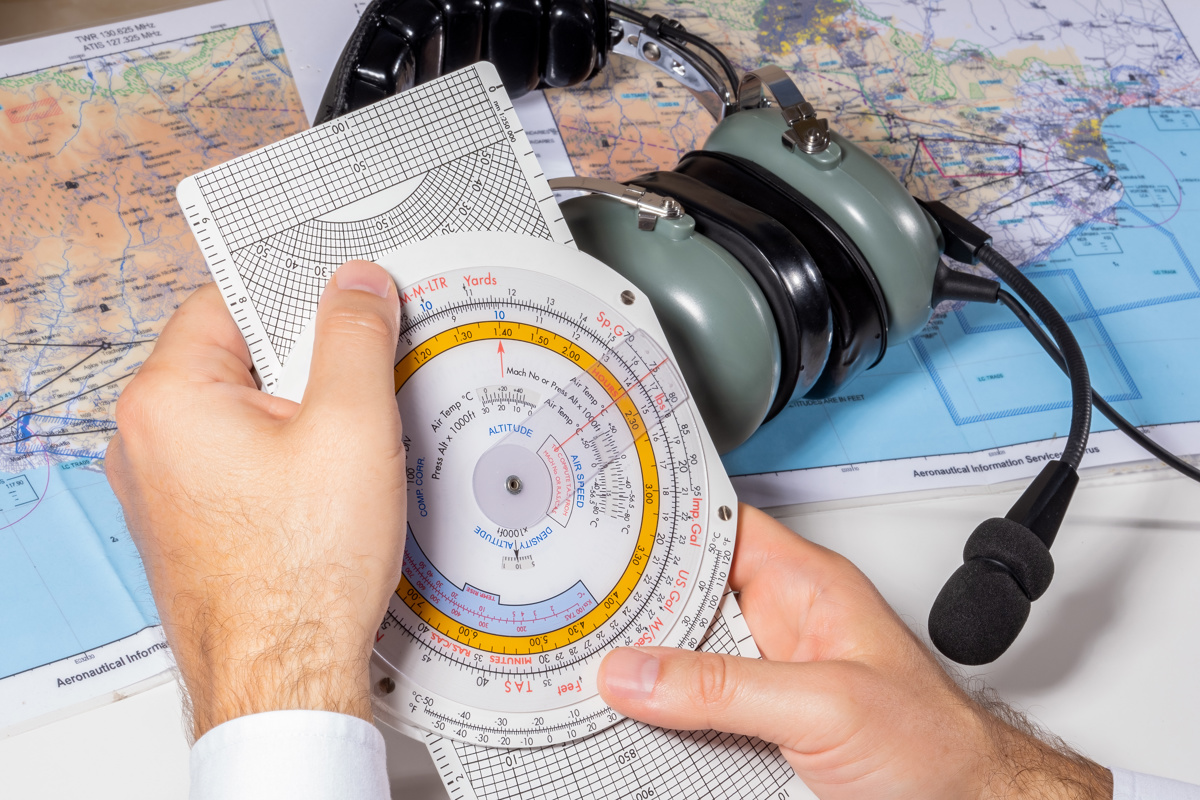How to Choose the Right Flying School: What Every Student Pilot Should Know

So, you’ve decided to learn to fly — congratulations! That’s a huge step, and likely the beginning of one of the most exciting and rewarding journeys of your life. But before you can take to the skies, you need to make a very important decision: where to learn.
Choosing a flying school is not just about geography or cost. It’s one of the most critical decisions you’ll make as it can shape your training experience, impact your career, and ultimately define whether your aviation journey is a fulfilling one.
Remember: This Journey Is About You
The very first thing to keep in mind is that this journey is yours. The moment it starts feeling like it’s about someone else — a pushy instructor, No Real Plan or Interest to progress, or a one-size-fits-all environment — you need to pause and ask: “Is this the right place for me?”
Flying is a significant investment — often financially, emotionally, and mentally. So every flight, every lesson, every hour should count. Don’t settle.
Don’t Just Pick the Closest School
Convenience is tempting, but don’t just go with the nearest flying school. Take the time to try a few trial lessons at different places. Visit schools, arrive early, grab a coffee, and take in the atmosphere. Listen to how instructors talk to students — and about students. You’ll learn a lot simply by observing - on the day dose the school give you time?
One red flag to watch out for? Instructors who treat students like numbers. If you hear phrases like “Is my next one here yet?” too often, that may hint at a “sausage factory” style school — where volume trumps quality.
Observe. Listen. Ask Questions.
Use your trial visits to talk to current students. Ask questions like:
• What’s the briefing process like before and after a lesson?
• Do they feel supported in their learning?
• How structured is the training?
Each lesson should ideally start with a briefing in a quiet room (not next to a noisy aircraft!) and end with a debrief. If your first flight starts with you being strapped in and sent off with a thumbs up — consider that a red flag.
Structure Matters
Make sure the school has a clear training structure. Before each lesson, you should know exactly what you’re covering — not just “winging it” and burning valuable time in the air figuring it out.
Tip: Read the relevant lesson in The Air Pilot’s Manual Book 1 before your flight. That way, you can ask smart questions during the ground briefing instead of while paying £200 an hour in the air!
Big Airport vs. Small Airfield
Big airports can be great for confidence-building, especially on the radio. But they come with downsides: high landing fees, long taxi times, commercial traffic delays, and more. All of which cost you, the student, money, on the flip side, grass runways bog down in winter for up to a few months, this can hinder flying Training, some grass strips have laid matting and this will help.
Smaller airfields, especially ones with hard runways, often offer a better balance. They might not be as glamorous, but you’ll often get more flying time for your money. A great example? Sleap Airfield — it has hard runways, fewer delays, and a welcoming atmosphere without the big airport stress.
Ground School: One Size Does Not Fit All
Ground school is a major part of getting your PPL or LAPL — there are nine exams, and they’re not easy. Some schools bundle students into specific packages, but remember: everyone learns differently.
Some students thrive with books, others prefer apps or video courses. Choose a school that gives you flexibility. Pooleys offers a great starter kit with both physical books and online learning options — a good all-rounder for most learning styles.
Have Fun — It Matters!
The most important part? Have fun. You should look forward to flying. Enjoy the club, the camaraderie, the conversations in the hangar and the club House. You’re not just learning to fly — you’re joining a community.
And don’t be afraid to travel for the right school. A little extra distance is worth it for a place where you feel supported, valued, and excited to learn.
⸻
Final Thoughts
Finding the right flying school is more than just checking off a box — it’s laying the foundation for your aviation journey. Take your time, trust your instincts, ask questions, and remember: this is your adventure, and I can't wait to follow it on Social media.


